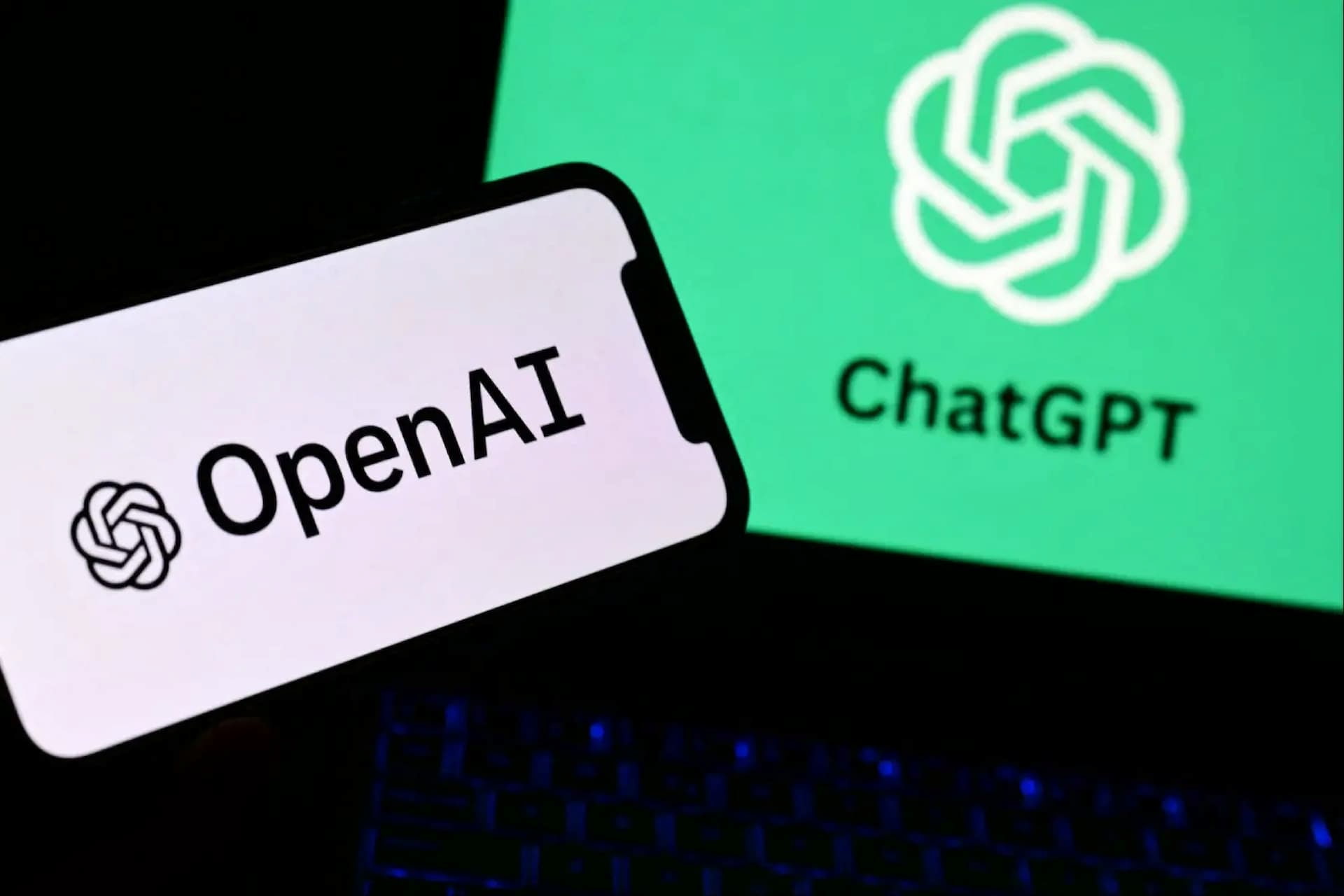Spotify and OpenAI have combined music and podcast discovery into ChatGPT conversations. Free and Premium users can now link their Spotify accounts to ChatGPT and receive personalised recommendations directly within chat.
Once connected, users can prompt ChatGPT with queries like ‘play something mellow for reading’ or ‘recommend a science podcast’, and Spotify will surface results inline. Tapping a track or episode directs the user to the Spotify app for playback.
Spotify emphasises that this feature is optional and user consent is required. No audio or video content from Spotify will be shared with OpenAI for model training purposes.
Free users will still draw from Spotify’s existing playlists (such as Discover Weekly or New Music Friday). In contrast, Premium users will gain access to more refined, bespoke suggestions based on richer prompts.
The integration is available in English across 145 countries and works on desktop and mobile for ChatGPT Free, Plus and Pro users.
Would you like to learn more about AI, tech and digital diplomacy? If so, ask our Diplo chatbot!










